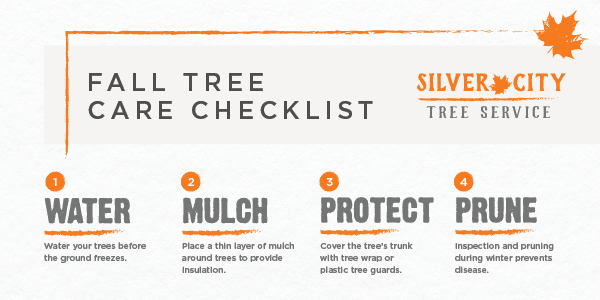Watch For Essential Indicators That Recommend Your Tree Could Pose A Risk; Understanding These Can Protect Your Home And Family.What Should You Keep Track Of Following?
Watch For Essential Indicators That Recommend Your Tree Could Pose A Risk; Understanding These Can Protect Your Home And Family.What Should You Keep Track Of Following?
Blog Article
Team Author-Harrell Malling
When it comes to tree treatment, acknowledging the indicators that it's time for removal is vital for your safety and building. You may see discolored leaves, wilting branches, or strange fungal developments suggesting health problems. Architectural issues, like a substantial lean or splits in the trunk, can likewise pose threats. Understanding these indication can assist you make informed decisions concerning your trees and stop potential dangers hiding in your backyard. What should you seek following?
Indications of Decay and Condition
When you observe signs of degeneration and condition in your trees, it's crucial to act rapidly. Look for Recommended Web-site fallen leaves, wilting branches, or unusual growths like fungus. These can indicate that your tree is having a hard time.
If you see splits in the bark or soft, mushy wood, these symptoms recommend inner degeneration. In addition, a sudden increase in pests around your tree can signal that it's compromised and susceptible.
Look for any kind of dead or dying arm or legs, as they present a threat to your building and safety and security. If you doubt regarding what you see, speaking with an arborist can provide clarity.
Attending to these indicators early can save you from more considerable damage and guarantee the wellness of your yard. Don't wait until it's far too late.
Structural Instability and Leaning
As you observe your trees, watch out for any kind of indicators of structural instability or leaning. If a tree leans dramatically, it may suggest that the origin system is endangered.
Try to find read article of fractures in the trunk or soil around the base; these can signal potential failing. In addition, check for unusual development patterns, like a lopsided crown, which might suggest that the tree is having a hard time to hold itself upright.
If you observe that the tree favors your home, high-voltage line, or various other frameworks, it poses a higher risk. Don't overlook these indicators-- speak with an arborist to examine the scenario.
Taking action early can protect against pricey damage and guarantee your safety and security.
Dead or Dying Branches and Foliage
If you discover dead or dying branches and vegetation on your tree, it's a clear sign that something's wrong.
These harmful locations can suggest underlying problems like illness, pest invasions, or ecological stress and anxiety. When branches lose their leaves or transform brownish, they're no more contributing to the tree's health and wellness. Ignoring these signs could bring about additional decrease, making your tree more dangerous.
Dead branches can quickly break off throughout storms, posing a risk to property and individuals nearby. It's important to assess the degree of the damage.
If the problem influences a considerable part of the tree, take into consideration consulting a specialist. They can help establish if removal is needed to make sure security and preserve the charm of your landscape.
Final thought
If you notice any kind of indicators of decay, architectural instability, or dead branches on your trees, do not disregard them. These indications can pose major security risks to you and your residential or commercial property. It's always best to get in touch with a professional arborist who can offer a professional assessment of your trees. Taking action early can avoid mishaps and costly damages, guaranteeing your landscape continues to be safe and healthy. Keep in mind, it's better to be aggressive about tree treatment than to wait for a calamity to occur.
